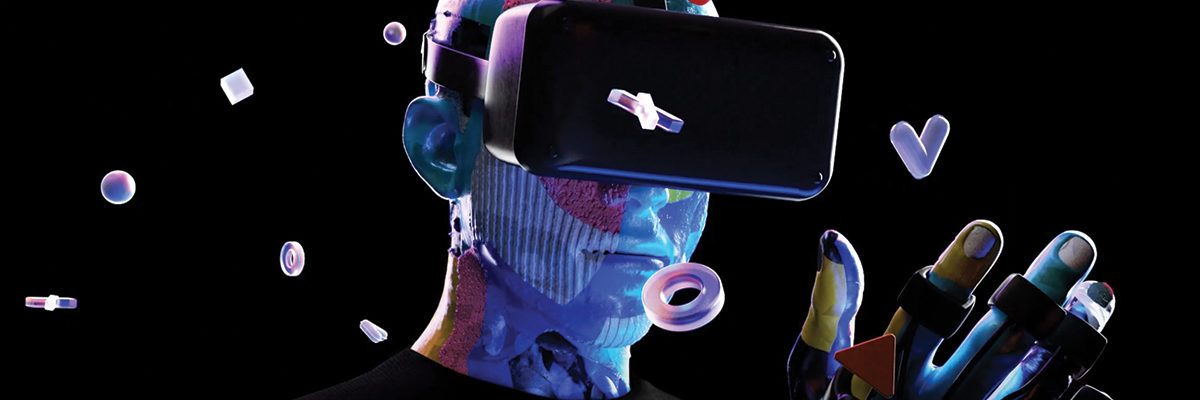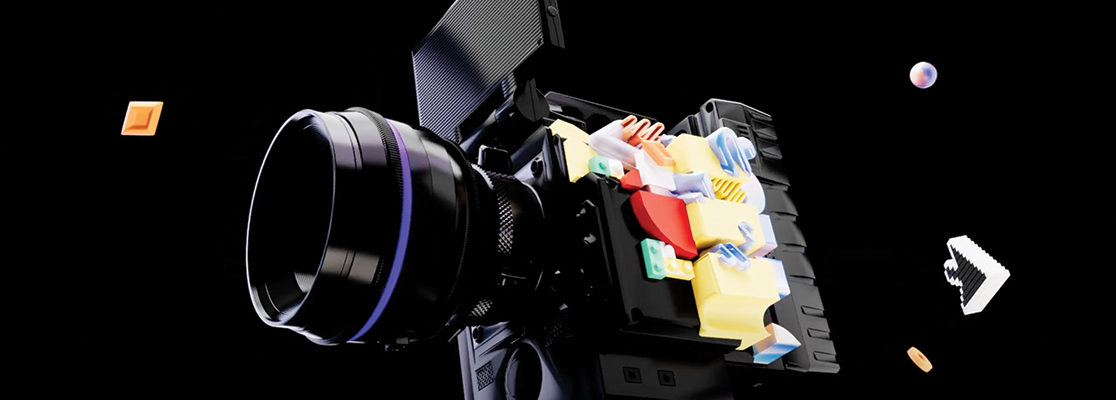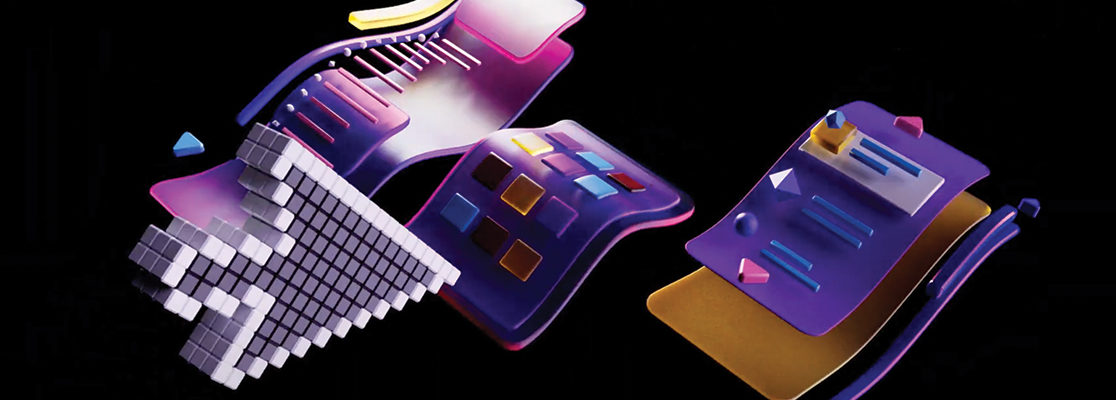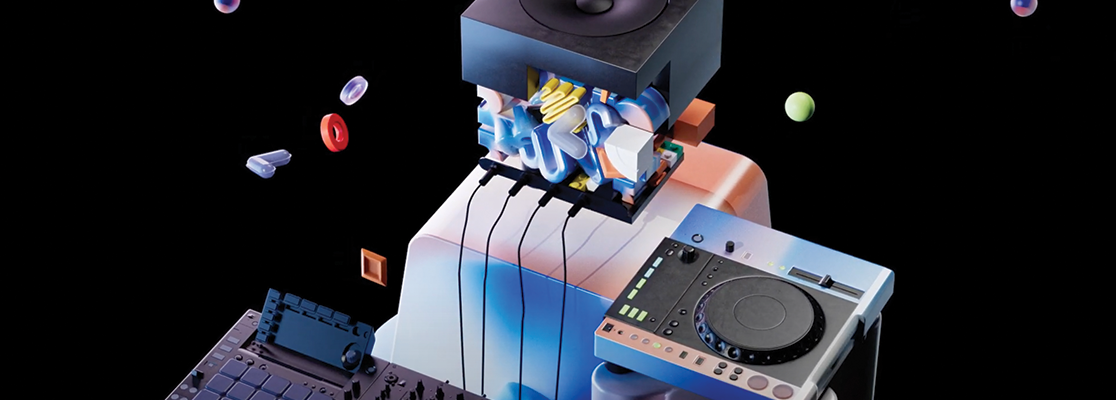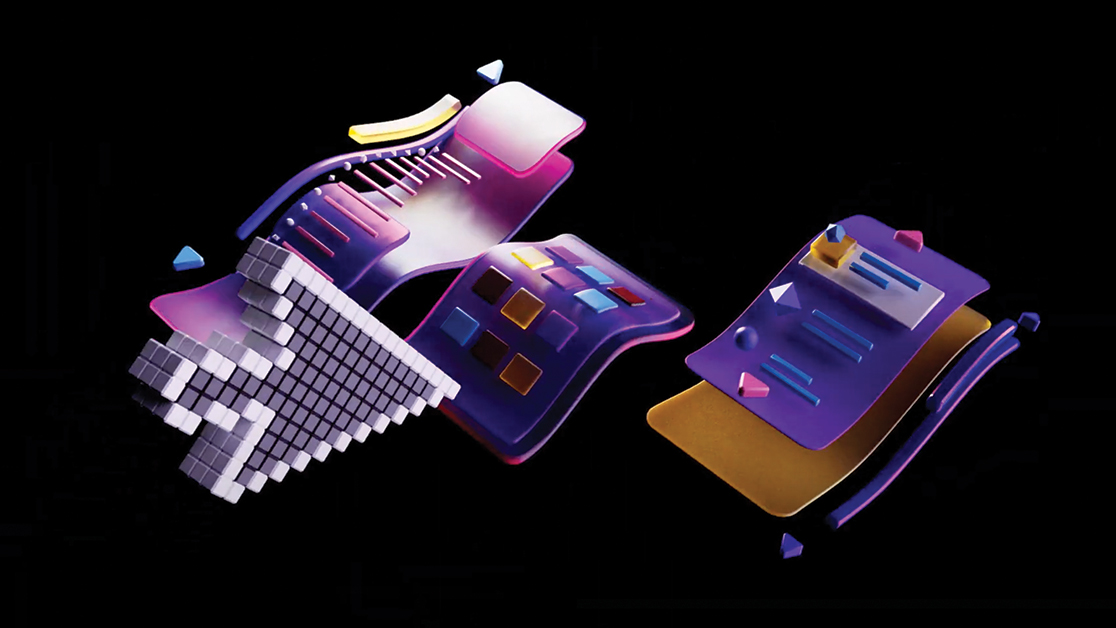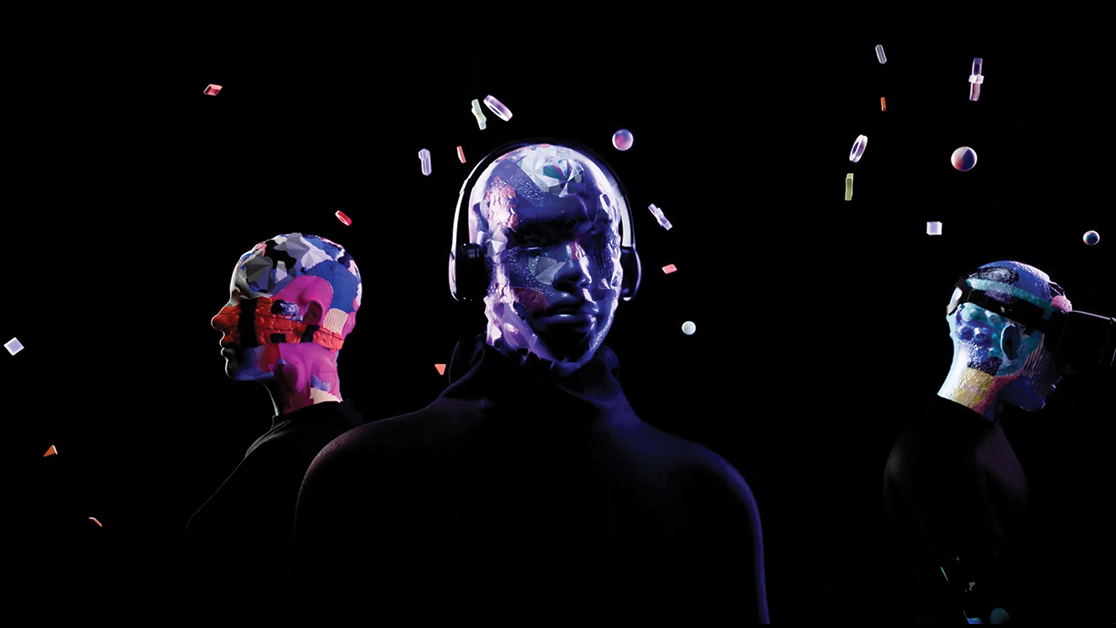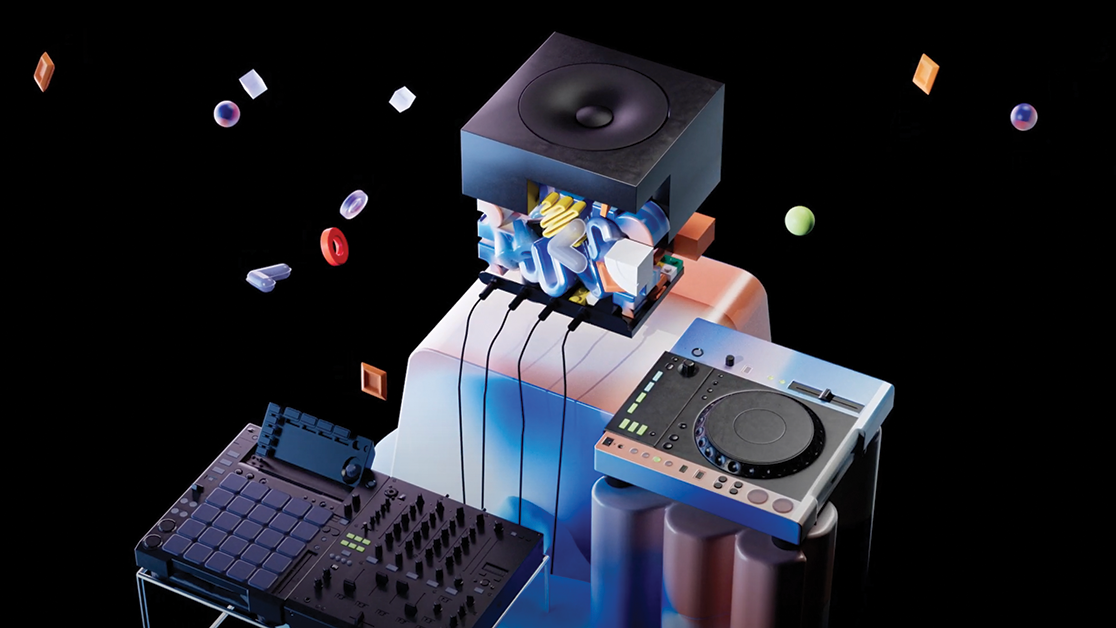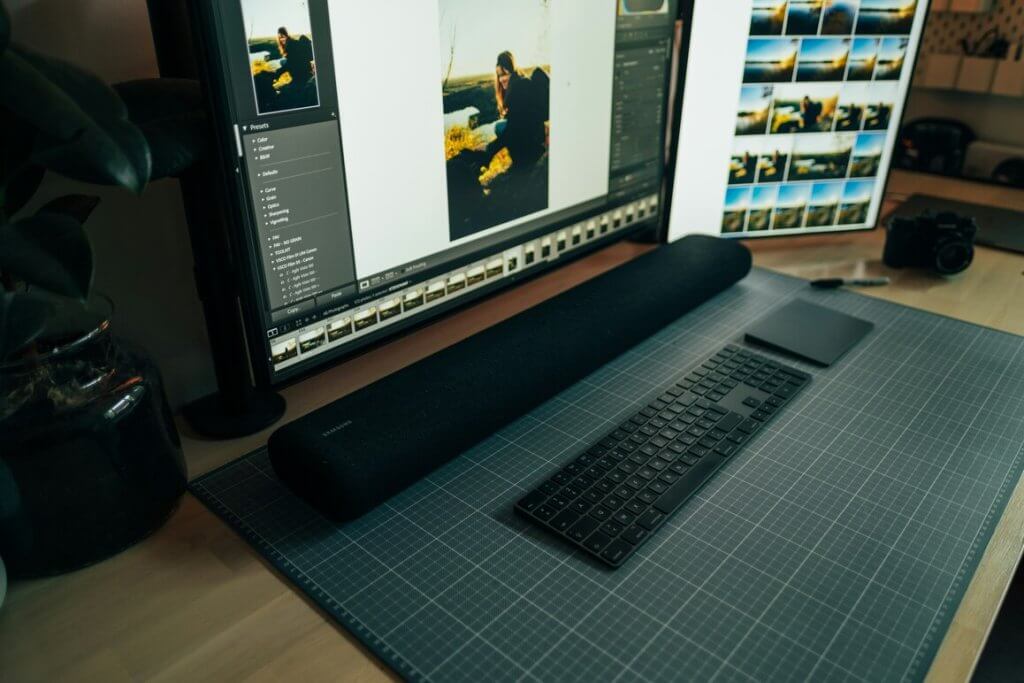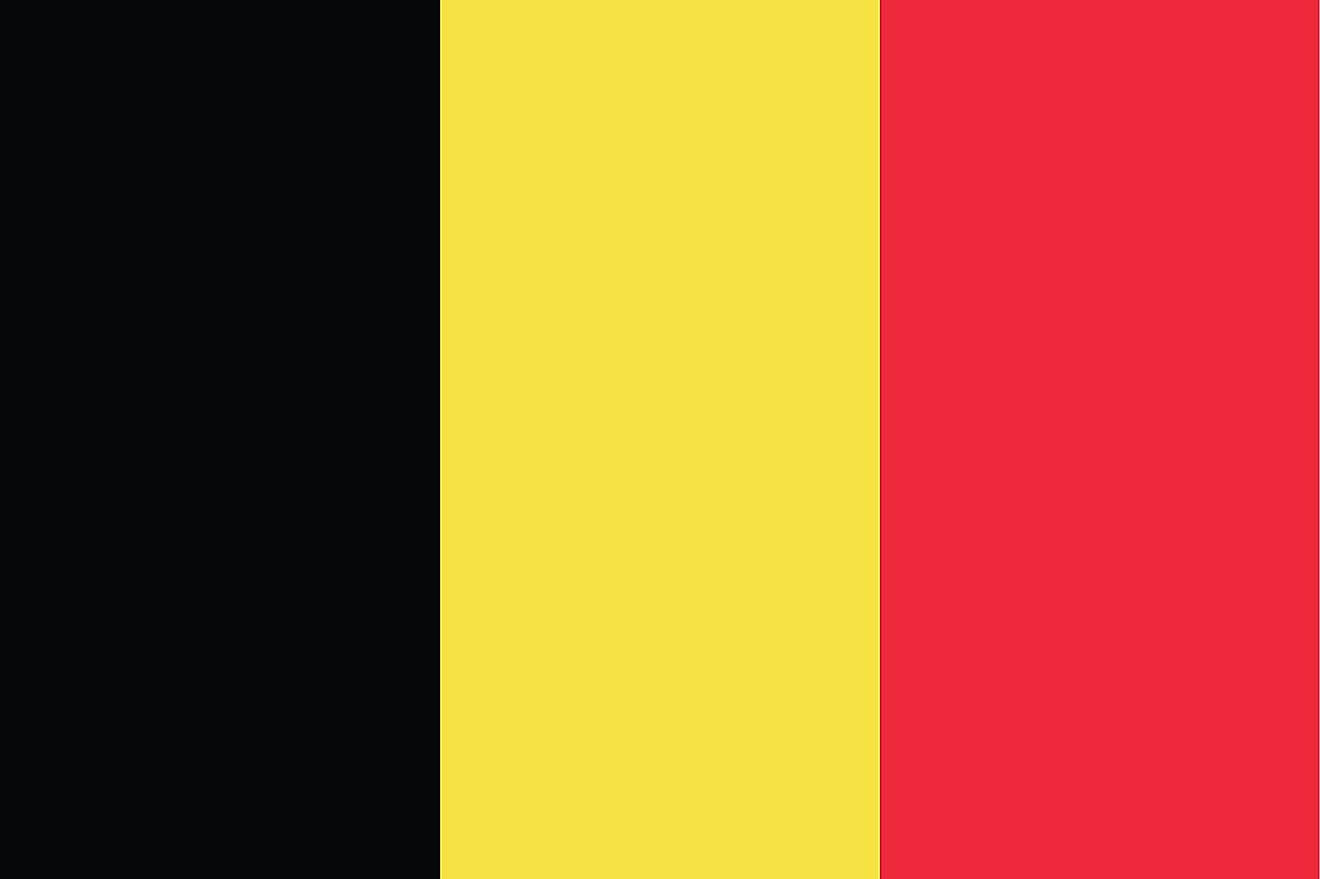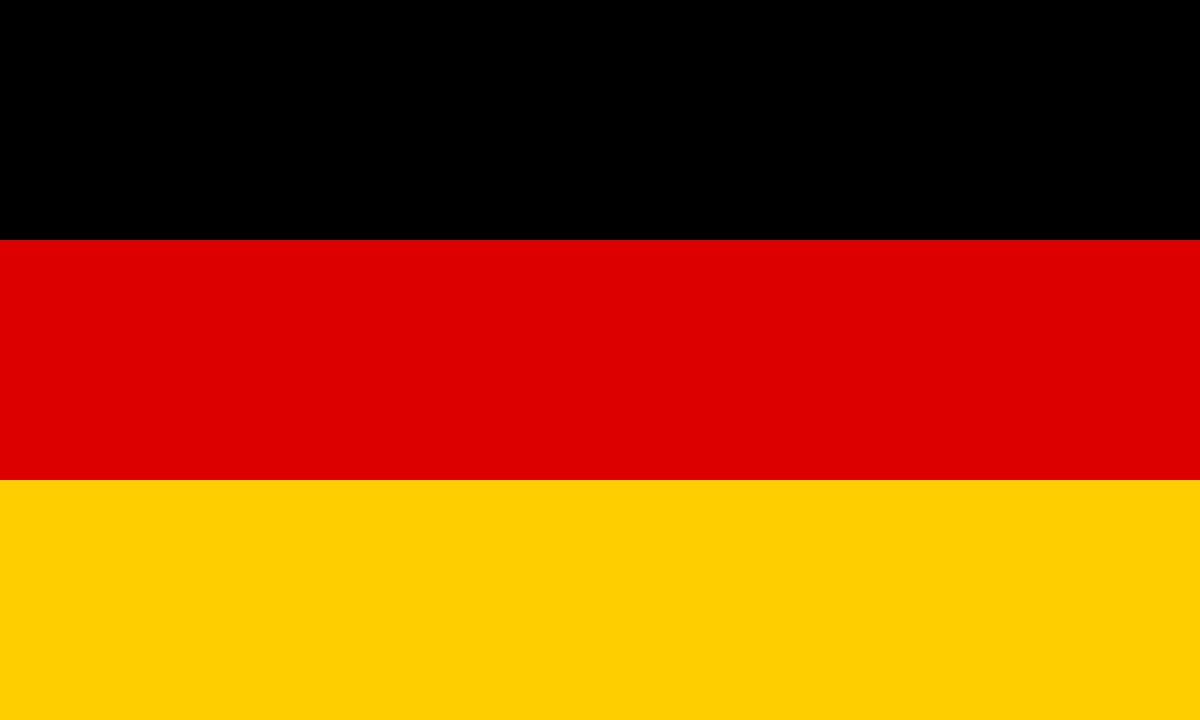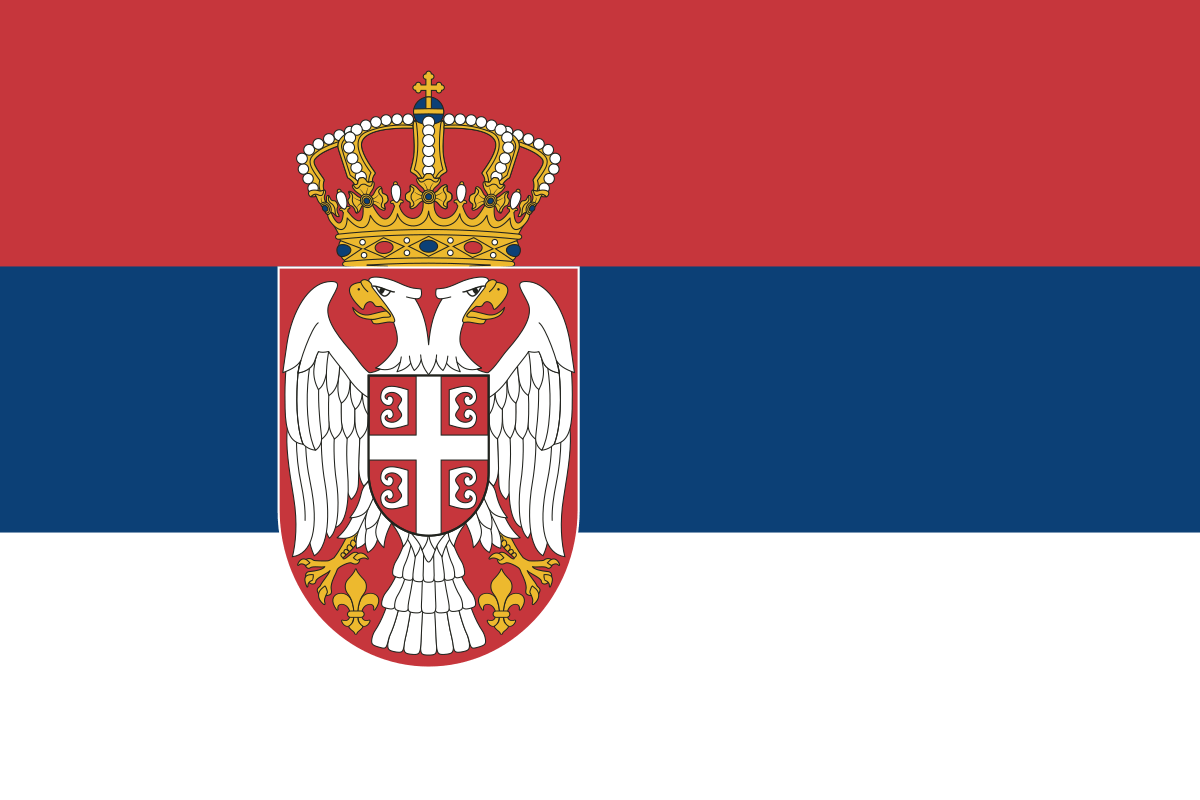From understanding machine learning and web development to computer science, software development and user interfaces, the role of the creative technologist can be a rich and varied one.
Often described as operating at the intersection of creativity and coding, this career path has been opened up by emerging technologies and is a trend our team at SAE has responded to with the launch of our new Creative Computing and AI degree.
With new technologies appearing all the time and the tech world in an almost constant of flux, the future of this sector is hard to predict. However, what will help emerging professionals navigate this space in the long run is an ability to focus on a process of continuous learning, honing an adaptable mindset and being prepared to embrace innovation wherever possible.
In our blog, we explore the world of creative technology, share insights on why studying a course can help prepare you for this sector alongside some of the potential roles that could be a great fit within this kind of creative work. If you want to study a course with SAE, then contact our team now.
What does creative technology involve
In recent years, artificial intelligence (AI) has had an increasing presence in our day to day with AI tools and software appearing all the time. Their impact can be felt in business ideas, critical thinking, the creative process, technical fluency and much more within the tech industry.
The influx of new technology has led to more opportunities. For example, utilising AI in a computing environment can lead to more creative options, giving you access to a wealth of talent and skills you might not naturally possess with visuals, text, video, mobile apps and interactive media.
Many transformative topics to get to grips with include generative AI, virtual reality (VR), augmented reality (AR), mixed reality (MR), extended reality (XR), projection mapping and application development, while building technology-enabled interactive experiences using tools such as unreal engine can help support clients and agency work. Depending on the sector you’re in, you could be part of a wider team or work as a solo operator, perhaps as a contractor or freelance professional.
Essential knowledge areas for creative tech work
Here are some of the different areas of knowledge that creative technologists should get to know to help inform their future projects in creative tech.
This list is not definitive. By its very nature as a digital industry, the sector continues to evolve with different software and platforms appearing.
Due to the advancements made in technologies, it’s likely you will be part of a remote global workforce or be in a hybrid role and a knowledge of various tech worlds and formats will be invaluable.
Virtual Reality
VR is the simulation of an environment or three dimensional space that a participant can interact or engage with via a headset, gloves equipped with sensors or other user interfaces.
Augmented Reality
This is a way of overlaying computer-generated information onto the real world to enhance a user’s perception of reality. Instead of replacing what already exists, this is a way of combining a physical environment with digital content for an enhanced experience.
Mixed Reality
Mixed reality (MR) is similar to AR but goes further by allowing the virtual and physical worlds to interact. In a MR scenario, a user can interact with a digital object using their actual person.
Extended Reality
Extended Reality (XR) is a catch-all terms for many of these different storytelling technologies such as VR, AR, and MR.
Projection Mapping
This is way of using specialised software to transform irregular surfaces into something where images or video can be shown. The process involves precisely aligning projected images or animations with the physical contours of an object, like a building or room to create visual illusions, add extra dimensions, and make static objects appear dynamic.
Soft skills
Alongside core skills in technologies, creative technologists also need to master an array of soft skills to succeed when working for companies in a role or on small projects. Being able to relate to others, discuss solutions when coming up with ideas and concepts as well as being able to explain complex ideas, systems and components clearly and in the right context will go a long way.
Here are some of the essentials that can come in when working in the creative industries.
Collaborate with peers
Establishing effective working relationships with team members, both in person and online, is an integral side to working with creative technologies. By studying a course in creative technology, AI or advanced computer science, you can hone your collaborative abilities to work with peers with different experiences. This way, you will be to give up full control of a project to help push you into a new area of work, skills or experimenting.
Communicate
Communication is the fundamental of collaboration – and a way for developers to share ideas, advice and a sense of creation both clearly and concisely. An ability to convey often complex information can be an integral part of working in a wider team and hitting project deadlines when required.
Focus on problem-solving
A can-do attitude is an invaluable asset within creative technologies. When working in a sector such as this, where the landscape is rapidly evolving, you will often come across situations or issues which may need some brainstorming or new ideas. An ability to solve problems with your existing skills as well as an aptitude for taking on unforeseen challenges will really help in these scenarios.
Roles
There are a multitude of roles studying a course such as our new Creative Computing and AI degree can lead to. Here are a few of the different opportunities our alumni can potentially pursue.
XR artist
An XR artist crafts immersive art experiences using technologies like VR, AR, and MR. These creatives blend different mediums, such as illustration, animation, and sound, to blur the lines between the audience and the art, transforming passive viewing into an interactive and engaging experience.
Generative design specialist
This is a professional who uses AI, machine learning, and computational algorithms to explore and generate numerous optimised design solutions based on predefined goals. In this role, you will experiment with AI models and conduct user research to review design solutions, then work on writing the AI prompts to enhance any results.
Creative technologist
They bridge the gap between creative ideas and technical implementation, often working on projects like interactive installations, AR/VR experiences, and new forms of digital advertising. Their role involves conceptualising, prototyping, and bringing new technological solutions to life for brands or artists.
AI interaction designer
This is a technology professional who designs the communication, behaviours, and decision pathways between people and AI systems. With an understanding of AI tools and capabilities, they focus on human-centric design thinking.
Motion graphics designer
This is an artist who creates animated visual content using graphic design principles and animation techniques. They bring static designs to life with movement, which can include animating logos, creating title sequences for shows, and developing explainer videos for businesses.
STUDY creative computing and ai
If you want to get to grips with the latest innovations and technologies shaping computing, then our Creative Computing and AI degree could be for you.
Our state-of-the-art facilities and expert tutors are well placed to give your career the best possible start in exciting and creative sector.

